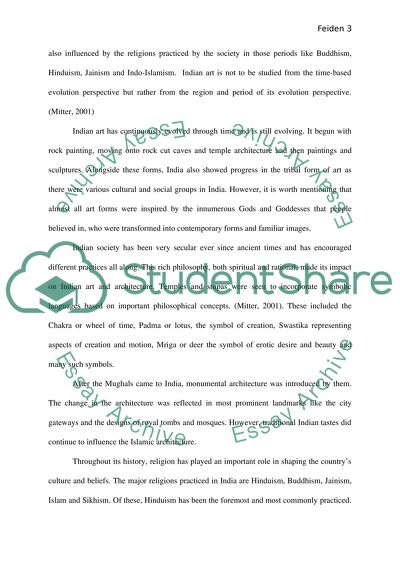Cite this document
(“How is Indian Art and Southeast Asian Art are Connected Research Paper”, n.d.)
How is Indian Art and Southeast Asian Art are Connected Research Paper. Retrieved from https://studentshare.org/visual-arts-film-studies/1575580-how-is-indian-art-and-southeast-asian-art-are-connected
How is Indian Art and Southeast Asian Art are Connected Research Paper. Retrieved from https://studentshare.org/visual-arts-film-studies/1575580-how-is-indian-art-and-southeast-asian-art-are-connected
(How Is Indian Art and Southeast Asian Art Are Connected Research Paper)
How Is Indian Art and Southeast Asian Art Are Connected Research Paper. https://studentshare.org/visual-arts-film-studies/1575580-how-is-indian-art-and-southeast-asian-art-are-connected.
How Is Indian Art and Southeast Asian Art Are Connected Research Paper. https://studentshare.org/visual-arts-film-studies/1575580-how-is-indian-art-and-southeast-asian-art-are-connected.
“How Is Indian Art and Southeast Asian Art Are Connected Research Paper”, n.d. https://studentshare.org/visual-arts-film-studies/1575580-how-is-indian-art-and-southeast-asian-art-are-connected.


